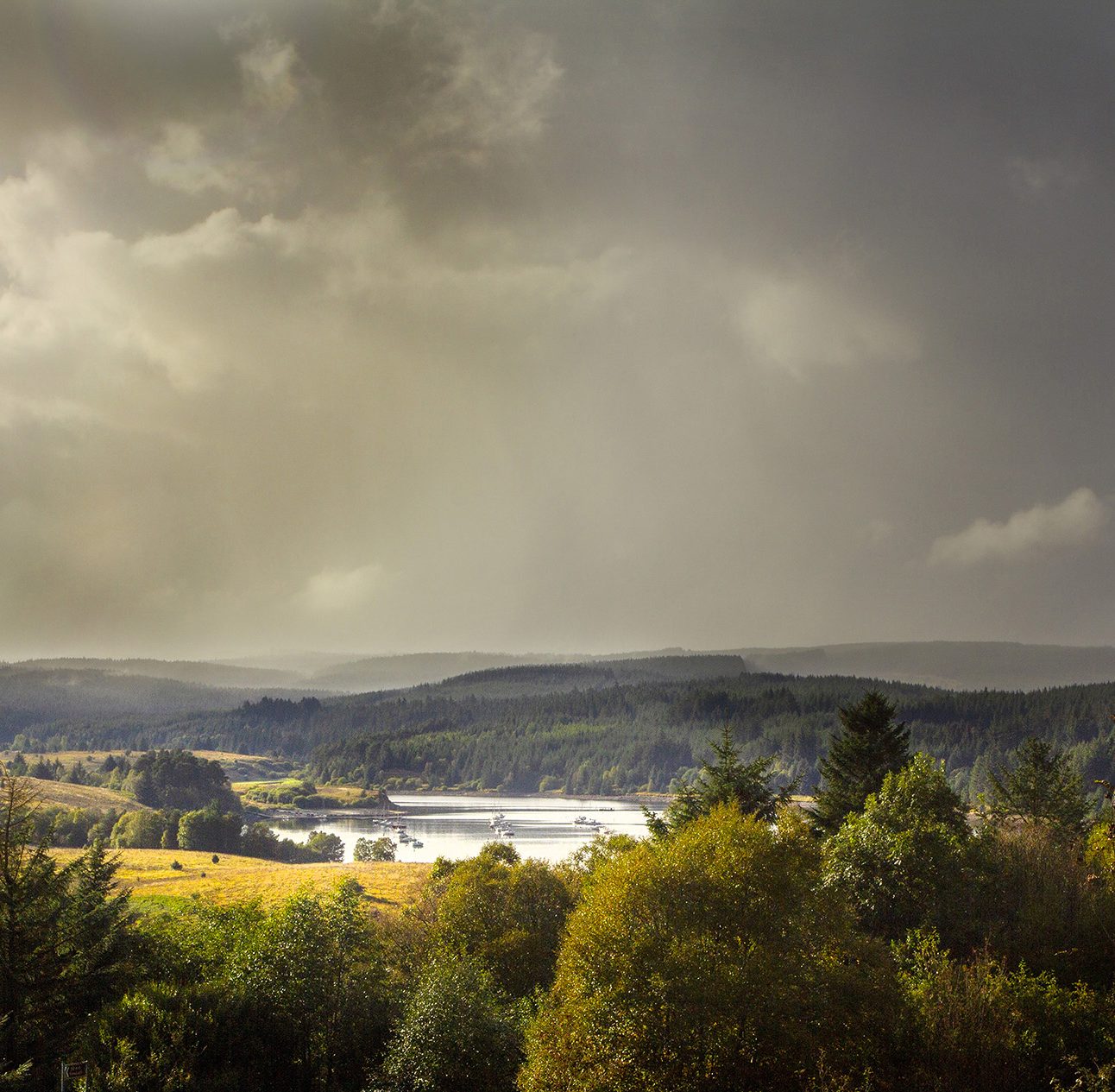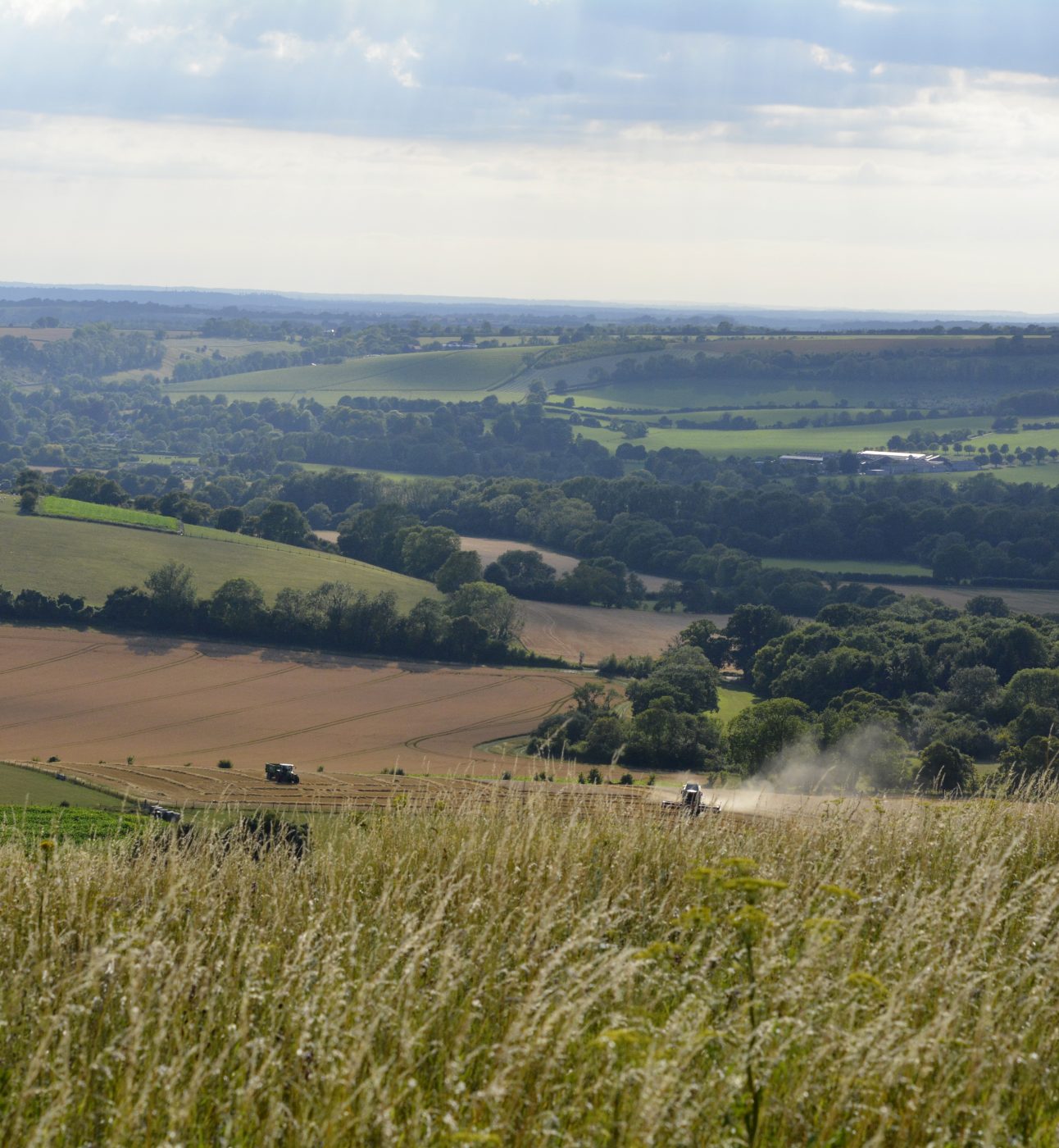
Safeguarding a great success of our planning system
If Labour's ambitions are to be achieved, they must take full account of the additional protections for National Parks and National Landscape already in place.

National Parks are home to communities and host visitors who rely on roads to travel to and around the Parks. Despite their status as Protected Landscapes, proposals for damaging new roads and road widening schemes continue to threaten these areas.
Major road development has no place in the heart of our most cherished landscapes and vital homes for nature. That’s why we campaign for investment in current roads to deliver environmental improvements to the existing network, call for investment in public transport and support our partners in campaigning against proposals for inappropriate new or upgraded roads.
There has been significant pressure for new road building in or close to National Parks in recent years. New road and road widening schemes not only cause habitat destruction through major new transport infrastructure, but also increases traffic and congestion, impacts on communities through HGV movements, increases carbon emissions and increases noise pollution.
National Highways have been given permission to widen the A66 which will have a negative impact on the Lake District National Park and the North Pennines National Landscape.
Transport Ministers have also green lit the Lower Thames Crossing which threatens ancient woodland within the Kent Downs National Landscape, as well as the M3 junction 9 project near Winchester, which the South Downs National Park Authority has objected to on grounds that it will cause “significant adverse harm”, “contrary to the purposes of the National Park”.

Old Winchester Hill, South Downs © Harriet Gardiner
After campaigning against the A27 Arundel Bypass for years, Chancellor Rachel Reeves announced the scheme had been scrapped in July 2024.
The four-lane dual carriageway would have had a devastating effect on water meadows and woodlands just outside the South Downs National Park and would have lead to increased noise and pollution within the National Park.
Road building in National Parks should always be an option of last resort. Where new road infrastructure is considered to be the best solution, it should be introduced in conjunction with demand management measures so it does not lead to traffic growth or undermine public transport use, walking and cycling by making car use more attractive. In addition, where new road infrastructure cannot be avoided the design should be sensitive to the particular landscape setting and any locally distinctive characteristics.
Government should promote, and highways authorities should adopt, road maintenance, traffic management and design policies and practices, which are appropriate to the special qualities of National Parks. In some cases, it may be appropriate to encourage through traffic to use alternative routes outside the National Park to reduce the volume of traffic in the National Park, in other cases, it may be better to focus on mitigation to reduce the impacts of traffic.
Whilst we’re campaigning to make sure that National Parks are well served by public transport, we’re also working to reduce the impact of roads in the Parks.

If Labour's ambitions are to be achieved, they must take full account of the additional protections for National Parks and National Landscape already in place.
Anne Robinson, from Friends of the Peak District, on the road building threat facing the Peak District and what action is being taken to stop it in its tracks.
Campaign for Better Transport's Chris Todd takes us through the insanity of controversial plans for the South Downs